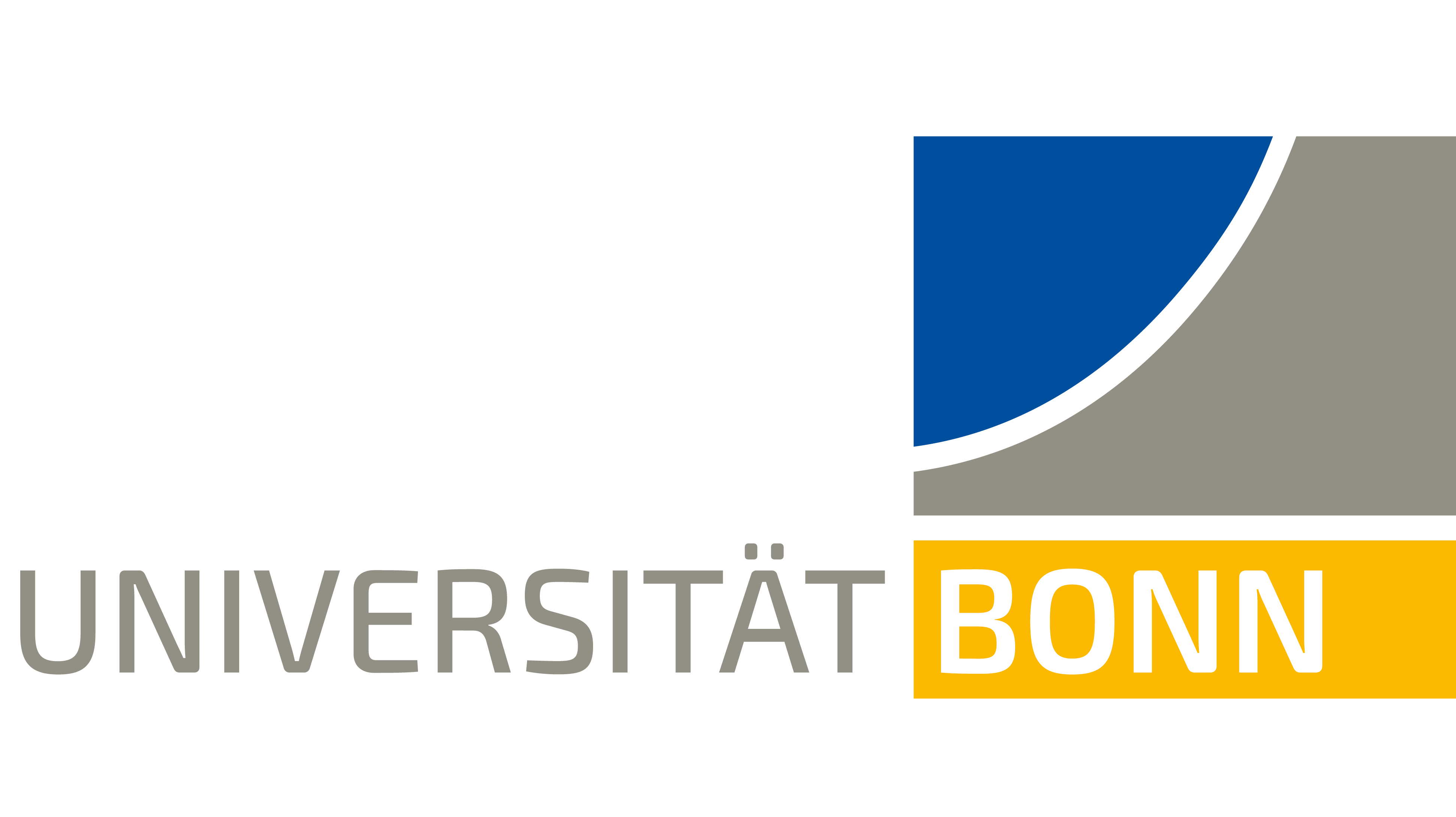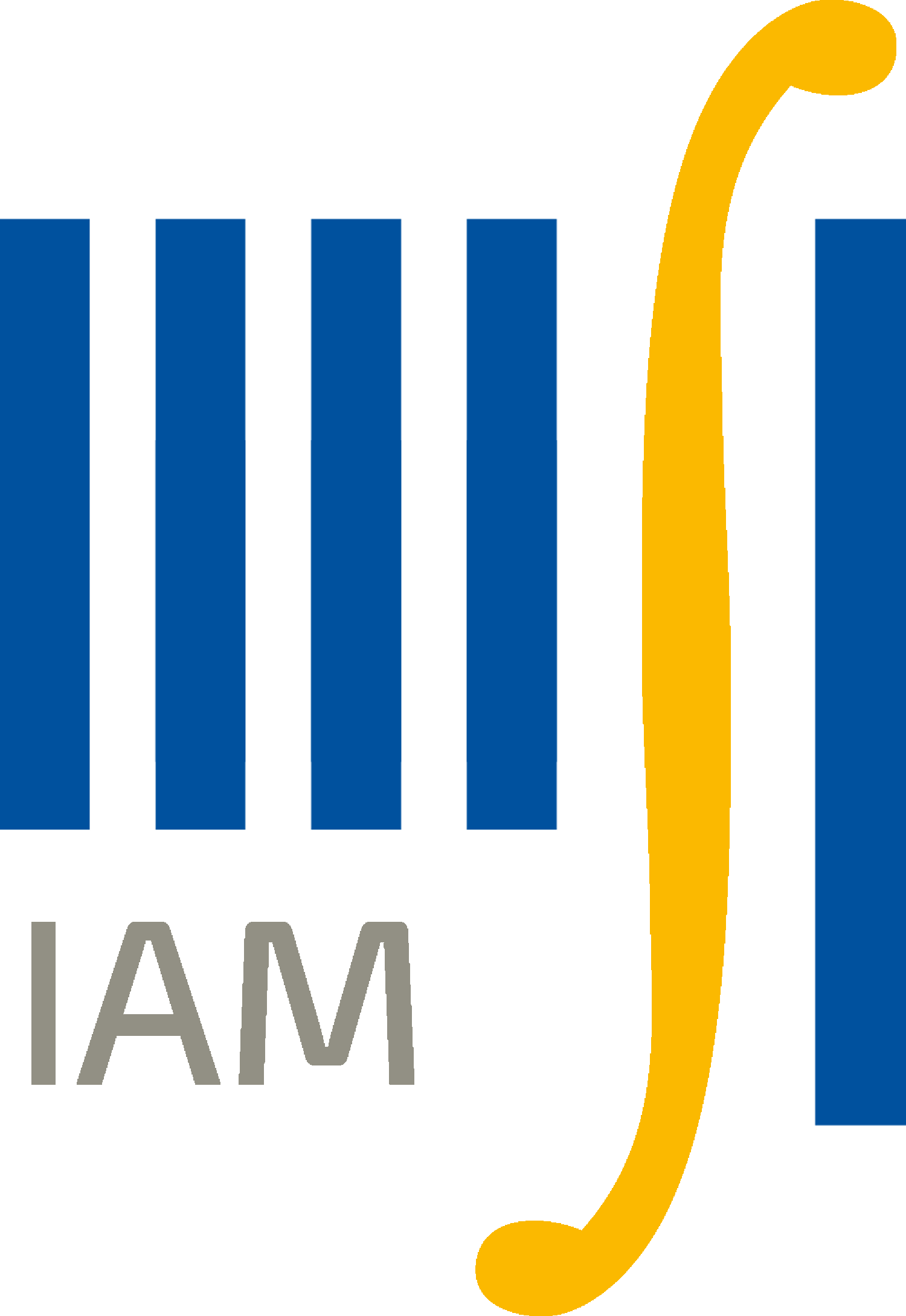Introduction to Stochastic Analysis, Winter term 2018/19
Tuesdays 8.25-10.00 and fridays 10.15-12.00, Hörsaal 7, neues Hörsaalzentrum
Lecture course: Andreas Eberle
Exercises: Alessandra Occelli
Tutorial classes (german): Adrian Martini (Mo 8, 0.006), Malte Grändorf (Mo 10, 0.006)
Tutorial classes (english): Jason Hu (We 10, 0.006), Agnes Kusz (Th 12, 0.006)
Exam: oral, 12.2, 19.2, 20.2, 21.2, 29.3.
GRADUATE SEMINAR: MALLIAVIN CALCULUS AND MONTE CARLO METHODS ON FUNCTION SPACES. Preliminary meeting 22.1., 16 st, 4.049
Material:
- Recommended textbooks
- Lecture notes
- 2015/16 Lecture Notes Stochastic Analysis (Introduction & Master course)
Problem Sheets:
- Sheet 0 and Sheet 1 (Sheet 1 due on Tuesday 16.10.)
- Sheet 2 (due on Tuesday 23.10.)
- Sheet 3 (due on Tueday 30.10.)
- Sheet 4 (due on Tuesday 6.11., includes corrected hint in Exercise 4)
- Sheet 5 (due on Tuesday 13.11.)
- Sheet 6 (due on Tuesday 20.11.)
- Sheet 7 (due on Tuesday 27.11.)
- Sheet 8 (due on Tuesday 4.12.)
- Sheet 9 (due on Tuesday 11.12., includes corrected version of Exersise 4)
- Sheet 10 (due on Tuesday 18.12.)
- Sheet 11 (due on Tuesday 8.1.)
- Sheet 12 (due on Tuesday 15.1.)
- Sheet 13 (due on Tuesday 22.1., includes corrected version Exercise 1 without b (iii))
Simulations:
- Introduction to Python (ipynb , html ); Notebook including output (html)
- Simulation of one dimensional OU processes (ipynb, html, pdf)
- Simulation of linear SDE with additive noise in 2D (ipynb, pdf)
- Comparison of Ito and backward Ito integrals (ipynb, pdf)
- Random rotations: Ito vs. Stratonovich (ipynb, pdf)
Remark on exercises with a programming part: These can be done in a programming language/system of your choice - just submit a printout of your listings. If you do not have another preference, we recommend Python with Jupyter Notebooks for which examples and model solutions will be provided here.
Installation: We recommend the distribution Anaconda. It already contains all packages that we will need (at first, these are mainly NumPy for numerical computations and matplotlib for 2D-plots), as well as many others. A brief intoduction and help for installation can be found here and here. Once you have installed and started Jupyter notebooks, you should go through and execute the following example notebook (ipynb-format) which contains a short introduction to Python that concludes with a simulation of random walks:
A good next reference are the Scipy lecture notes that contain introductions to Python, NumPy and matplotlib. Further useful references:
- SciPy: Lecture notes, Getting started, Resources
- NumPy: Quickstart, Array creation, Comparison to MATLAB
- matplotlib: Gallery, Tutorials
- Python tutorial
January 2019 Andreas Eberle eberle@uni-bonn.de


